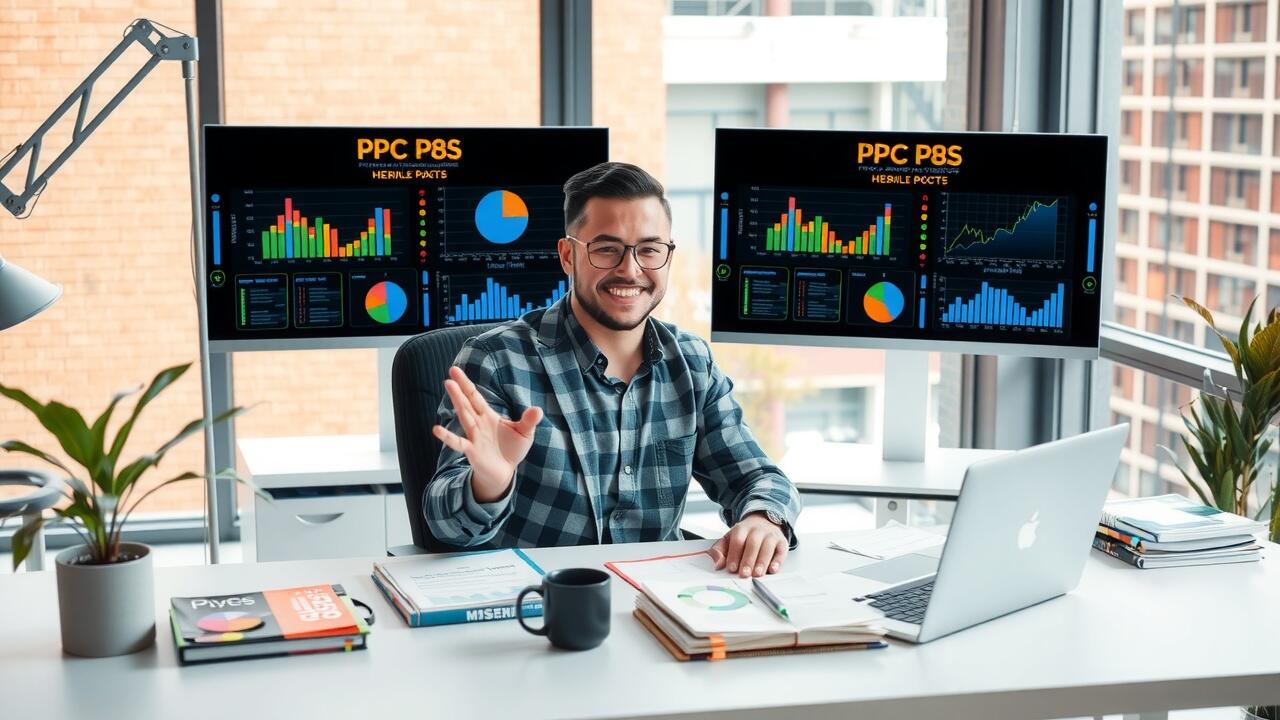
Click-Through Rate Variability
Click-Through Rate (CTR) is a crucial metric in the realm of Pay-Per-Click (PPC) Advertising, directly influencing the effectiveness of campaigns. CTR is essentially the ratio of users who click on an ad to the number of total users who view that ad. A high CTR indicates that an ad resonates well with its audience. Even slight fluctuations can significantly impact overall campaign performance, making consistent monitoring essential for advertisers.
Numerous factors contribute to CTR variability within Pay-Per-Click (PPC) Advertising. Changes in audience behaviour, competition within the market, and even seasonal trends can affect how many users engage with an ad. Additionally, the relevance and quality of the ad copy and visuals play a critical role in attracting clicks. Advertisers must not only focus on optimising these elements but also stay attuned to external influences that may alter user engagement patterns over time.
Factors Affecting CTR and Performance
The performance of Pay-Per-Click (PPC) Advertising heavily relies on various factors that can influence its effectiveness. One primary factor is the relevance of the ad copy to the user's query. When the ad resonates well with the target audience’s search intent, it typically results in a higher click-through rate (CTR). Similarly, the quality of the landing page must match the expectations set by the ad. A seamless user experience after clicking the ad can significantly increase engagement and reduce bounce rates.
Another crucial element impacting CTR involves the choice of keywords and their competitive landscape. Using highly relevant keywords enhances visibility but can also escalate costs if competition is fierce. Seasonal trends and changes in user behaviour can further affect performance, making continuous monitoring essential. Ad positioning within search results also plays a role; ads that appear at the top tend to attract more clicks, signalling the need for optimisation strategies that enhance visibility in competitive markets.
Misalignment with Organic Strategies
Pay-Per-Click (PPC) Advertising often operates in a vacuum, focusing solely on immediate results through paid placements. This emphasis on quick return can create disparities with organic strategies, which are built around long-term growth and sustainability. Businesses risk neglecting their organic optimisation efforts as they invest heavily in PPC campaigns. The result may be a decline in overall visibility and a weakened online presence when the advertising budget runs dry.
Moreover, the metrics used to assess PPC effectiveness may not align with those of organic strategies. For instance, while PPC can drive a high volume of traffic quickly, it does not inherently improve a website's search engine rankings. This misalignment can lead to a fragmented digital marketing approach, where resources are disproportionately allocated to paid efforts at the expense of building a robust and coherent organic strategy. Balancing these two aspects is crucial for achieving lasting success in an increasingly competitive online landscape.
Balancing PPC with SEO Efforts
Integrating Pay-Per-Click (PPC) Advertising with Search Engine Optimisation (SEO) strategies requires careful consideration of both channels. Each serves a distinct purpose in a marketing campaign, with PPC delivering immediate results through paid placements while SEO focuses on building organic traffic over time. A successful balance can enhance visibility and drive conversions, enabling a business to maximise its online presence effectively. Companies must assess where to allocate resources to support each strategy while avoiding competition between the two.
Efforts to align PPC and SEO should also factor in shared keywords and target audiences. When campaigns poorly overlap, it can lead to wasted budget on clicks that could have been achieved through organic efforts. Regular analysis of performance metrics is essential in refining targeting strategies. Companies need to ensure that their PPC campaigns complement SEO initiatives rather than undermine them, fostering a holistic approach to digital marketing that boosts overall traffic and engagement.
Audience Targeting Challenges
Effective audience targeting is crucial for the success of Pay-Per-Click (PPC) Advertising campaigns. One significant challenge lies in accurately defining and identifying the target demographic. Misunderstanding the audience's preferences or behaviours can lead to wasted resources and lower conversion rates. Advertisers must continually analyse data to refine their targeting parameters. This process often requires trial and error, which can be time-consuming and costly.
Another obstacle is the dynamic nature of audience interests, which can change due to various factors like trends or seasonal shifts. A target audience that worked well previously may not be as effective now. Keeping pace with these changes demands ongoing research and adaptation. Advertisers using Pay-Per-Click (PPC) Advertising must stay informed about market trends and consumer sentiments to ensure their campaigns remain relevant and impactful.
Refining Your Target Audience for Better Results
Effective audience targeting is crucial for maximising the benefits of Pay-Per-Click (PPC) Advertising. A well-defined target audience allows advertisers to tailor their ads to specific demographics, interests, and behaviours, enhancing the relevance of the campaign. Without precise targeting, resources may be wasted on individuals who are unlikely to convert, leading to suboptimal results and increased costs. Understanding customer behaviour and preferences through analytics can help refine the audience segments, ensuring that the right messages reach the right people at the right time.
Adjusting and refining your audience segments requires continuous monitoring and analysis of campaign performance. Engagement metrics and conversion data provide insights into which segments are responding positively to the ads and which are not. By leveraging tools such as A/B testing, marketers can experiment with different ad creatives and targeting options. This iterative process helps in identifying the most effective strategies, ultimately leading to a more efficient allocation of the budget in Pay-Per-Click (PPC) Advertising efforts.
FAQS
What is a main downside of pay per click (PPC) advertising?
A significant downside of PPC advertising is the variability in click-through rates (CTR), which can lead to inconsistent performance and unpredictability in campaign success.
How can CTR variability affect my PPC campaigns?
CTR variability can impact your overall advertising effectiveness, as fluctuations in user engagement may lead to higher costs and lower conversion rates, making it challenging to predict return on investment.
Why is there a potential misalignment between PPC and organic strategies?
PPC campaigns often focus on immediate results, while organic search strategies require a longer-term investment. This can lead to conflicting priorities and may hinder the overall effectiveness of your marketing efforts.
How can I balance PPC with SEO efforts?
To balance PPC with SEO, it's essential to integrate both strategies by using insights from PPC data to inform SEO efforts and vice versa, ensuring a cohesive approach to maximise visibility and engagement.
What are some challenges in audience targeting for PPC?
Audience targeting challenges in PPC include accurately identifying the right demographics, interests, and behaviours of your potential customers, which can lead to inefficient spend and lower campaign effectiveness if not done correctly.












































